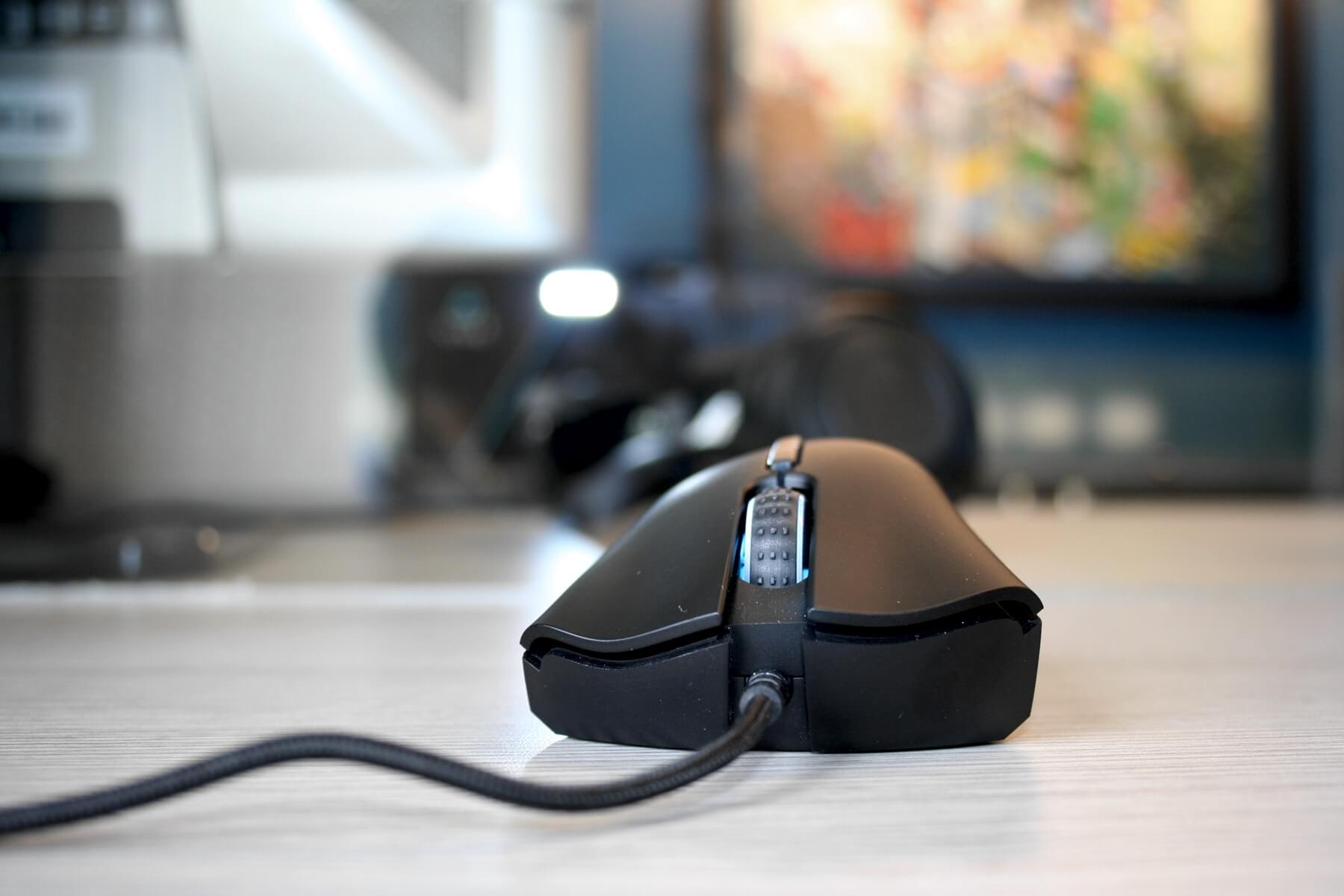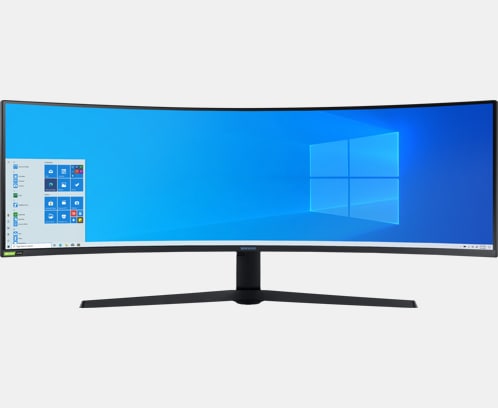- PnP Monitor Driver is needed for Windows to interact with the device.
- Generally, these devices are the Plug and Play Monitors.
- PnP stands for Plug and Play and Windows PnP drivers come into play when these devices are used to connect with windows.
- It is a software that works between the Operating System and the PnP Monitor.
- It translates the signals to the Pnp Monitor in an appropriate manner.
- Generally, Microsoft’s generic drivers are enough for proper interaction between the PnP Monitor and the Operating System or the device comes preinstalled with the driver that gets installed in the computer during the first time.
- But if you are facing issues with the device, the below tutorial will work for Windows 10/8.1/7 to update the PnP Monitor Driver.
Multiple-monitor support is provided by Windows 2000 and later; therefore, display driver writers must not implement any special code to provide this support. Display drivers must be implemented without using global variables. All state must exist in the PDEV for a particular display driver. Microsoft issued an update for several versions of WIndows 10: KB4048954, KB4048955 that has caused issues with display drivers. If you know the make and model of your computer, you can try manually reinstalling the driver from the manufacturers website for your video driver. Press Windows key + R Type: appwiz.cpl Hit Enter.
Official Monitor Driver Updates for Windows 10, Windows 8, Windows 7, XP and Vista Monitor Drivers need to be regularly updated in order to avoid conflicts and potential problems with your PC performance. Multiple Display Drivers Windows 10 free download - PDF Reader for Windows 10, Facebook for Windows 10, Drivers For Free, and many more programs.
Jump to:
Microsoft Monitors Driver Download For Windows 100
People also search for:
How to update the PnP Monitor Driver:
- Log into your computer using the Administrator account.
- Open the Run dialog box using the below Keyboard Shortcut.
- Enter the following command, to open the device manager, and press enter.
- Double click and expand the Monitors.
- Right-click the Generic PnP Monitor and click on update driver.
- Select the search automatically option.
- It will search and find the PnP Monitor Driver automatically as shown in the image.
If the above steps do not work, the users can go to the official site and download the respective drivers and install them.
Or the user can ensure that the windows update is properly installed so that the PnP Monitor Driver is installed.
Verdict:
We learned the simplest way to update the PnP Monitor Driver in this post. We have to use the device management software for updating the PnP Monitor Driver. If that doesn’t work, please go to the official site to download and install the software.
Please let us know your questions and opinion in the comments below.
For more awesome posts, please stay tuned to TecKangaroo.
What's your reaction?
Before considering troubleshooting options, make sure your device is up to date. Select Start > Settings > Update & Security > Windows Update , then select Check for updates. If you need help setting up your external monitors, see How to use multiple monitors in Windows 10.

Note: If you’re having trouble setting up multiple monitors on Surface, see Troubleshoot connecting Surface to a second screen.
Troubleshoot issues that occur when setting up external monitors
If you are trying to set up an external monitor and it’s not working, press the Windows logo key + P to make sure that the Extend option is selected. If the Extend option is selected, try the following troubleshooting tips.
Using only one external monitor
If you’re not seeing what you expect on the external monitor, start with basic hardware troubleshooting:
Disconnect all accessories from your PC. Connected docks, dongles, adapters and other hardware can cause conflicts.
Make sure the cable connecting your PC to your external monitor is secure.
Try changing the cable connecting the external monitor. If the new one works, you know the previous cable was faulty.
Try using the external monitor with a different system. This can help to isolate whether the issue is with the monitor or the primary system
If those didn’t work, here are more possibilities:
If your system has more than one video output port, try plugging your external monitor into one of the other video output ports. Typical ports are HDMI, VGA, DVI, and DisplayPort.
If your system has more than one display adapter, also called a graphics card, you can try switching your system’s default display adapter. For example, on some systems, you can right click your desktop and select the software associated with your additional display adapter. Steps to change the default display adapter vary by device, so contact the manufacturer for more information.
Adding a second or third external monitor
First, to confirm that one external monitor does work with your system, see the above info about using only one.
If you’re able to use one external monitor, but have issues using more than one, it’s possible that your display adapter (also called a graphics card) can’t support more than one monitor. For information on how many monitors your display adapter can support, contact its manufacturer.
Note: If you are trying to use a display splitter extend your display to more than one external monitor, you won't be able to. The splitter is duplicating the same signal instead of creating two independent signals.
If your device only has one video output port, then by default, you can only support a single external monitor. You'll need one of the following to support more than one external monitor:
Docking station – To find out if there are docking stations available for your PC, contact the manufacturer of your PC.
USB adapter – If you have a USB-C port, you may be able to use a USB adapter to give your device an additional video output port.
Troubleshoot issues that are occurring with an existing setup
If your setup has been working well, then suddenly stopped, here are a few things you can try.
Try a Windows key sequence
In some cases, pressing Windows logo Key + Ctrl + Shift + B may fix your issue. If this does not work, see if restarting helps.
Restart your device
To restart your device, select Start, then select Power > Restart.
If that doesn’t work, select Start , then select Power > Shut Down. Then, turn your device back on.
Roll back your display driver

If you are experiencing issues after an update, returning, or rolling back, to a previous version of your display driver may solve the issue. To roll back the driver:
In the search box on the taskbar, enter device manager.
Select Device Manager from the list to open it. Then, select the arrow to expand the Display adapters section.
Right-click your display adapter and select Properties and the Driver tab, and then select Roll Back Driver. If you don't see a roll back option, reinstall your display driver.
Reinstall your display driver
If none of the previous steps work, reinstall your display driver. Here’s how:
In the search box on the taskbar, enter device manager.
Select Device Manager from the list to open it. Then, select the arrow to expand the Display adapters section.
Right click your display adapter, and then select Uninstalldevice and delete the driver software for this device, then select Uninstall.
You may be asked to restart your computer. Make sure to write down the remaining instructions before you restart.
Open Device Manager again and expand the Display adapters section.
Right click your display adapter and select Updatedriver.
Select Search automatically for updated driver software and follow the remaining installation instructions.
How do I determine the manufacturer of my display adapter (graphics card)?
In the search box on the taskbar, enter device manager.
Select Device Manager from the list to open it. Then, select the arrow to expand the Display adapters section.
You’ll see the manufacturer's name and the name of your adapter or adapters.
Still having issues?
If you've tried the steps in this article or don't see a solution to the problem, use Windows Feedback Hub to file a bug.
Microsoft Monitors Driver Download For Windows 10 Version
Include details about what you were doing or specific steps you were taking when the issue occurred. Log in to the Feedback Hub and follow the instructions to summarize and describe your problem. Next, select your category and then add enough additional info to recreate the problem. Your information helps Microsoft determine the root cause of this issue.
Microsoft Monitors Driver Download For Windows 108
Related topics
